Technical Documentation: HONEYWELL CC-PCF901
1. Product Description
The HONEYWELL CC-PCF901 is a high-performance process control module engineered exclusively for Honeywell’s Experion Process Knowledge System (PKS) Distributed Control System (DCS)—a cornerstone automation platform for mission-critical process industries including oil & gas, chemicals, power generation, and refining. As a flagship component of Honeywell’s ControlEdge controller family, this module serves as the “computational core” of the Experion PKS, executing complex control algorithms, coordinating I/O devices (e.g., analog input modules like CC-MCAR01), and enabling real-time process optimization to ensure operational safety, efficiency, and regulatory compliance.
Unlike basic control modules, the CC-PCF901 is distinguished by its high processing throughput, fault-tolerant architecture, and seamless integration with Experion PKS ecosystems. It is designed to handle the most demanding control tasks—from simple PID loops (e.g., tank level control) to advanced multivariable predictive control (MPC) for complex processes (e.g., refinery distillation columns). Its core advantages include redundant processing capabilities, support for safety-instrumented functions (SIFs), and compatibility with Honeywell’s PlantCruise by Experion upgrade paths, making it ideal for industries where unplanned downtime costs millions and process stability directly impacts product quality.
Key Differentiators
- High-Performance Processing: Equipped with a multi-core processor optimized for process control, enabling simultaneous execution of up to 1,000 control loops (PID, MPC, logic) with sub-millisecond response times.
- Dual-Redundancy Design: Features redundant processors, power supplies, and communication ports (Honeywell Fault-Tolerant Ethernet, FTE) to eliminate single points of failure—critical for processes requiring 99.999% availability (e.g., nuclear power plant auxiliary systems).
- Advanced Control Support: Natively runs Honeywell’s Advanced Process Control (APC) software and supports SIFs up to IEC 61508 SIL 3, enabling both routine process control and safety-critical operations (e.g., emergency shutdown of chemical reactors) on a single module.
Typical Applications
- Oil & Gas Refining: Controlling distillation columns (via MPC algorithms) to optimize hydrocarbon separation, reduce energy consumption, and meet product specifications (e.g., gasoline octane rating).
- Chemical Manufacturing: Executing cascade control loops for reactor temperature/pressure and coordinating batch sequencing (per ISA-88) to ensure consistent product quality in polymer production.
- Power Generation: Managing boiler feedwater control, turbine speed regulation, and emissions monitoring (e.g., NOₓ, SO₂) in combined-cycle power plants to comply with environmental regulations (e.g., EPA Clean Air Act).
- Pharmaceuticals: Overseeing bioreactor pH, dissolved oxygen (DO), and agitation speed control, with built-in audit trails to meet FDA 21 CFR Part 11 requirements for batch documentation.
2. Technical Specifications
Specifications are organized by functional category, with clear industrial relevance highlighted to connect parameters to real-world process control needs.
2.1 Processing Performance
|
Parameter
|
Details
|
Industrial Relevance
|
|
Processor
|
Dual-core ARM Cortex-A9 (1.2 GHz per core); floating-point unit (FPU) for advanced control
|
Enables parallel execution of control loops and data processing—e.g., running 500 PID loops while simultaneously analyzing MPC optimization data.
|
|
Control Loop Capacity
|
Up to 1,000 standard PID loops; 100 advanced control blocks (MPC, fuzzy logic, cascade); 50 safety-instrumented functions (SIFs, SIL 3)
|
Handles the most complex process control needs (e.g., a refinery’s 800+ control loops) without requiring additional modules.
|
|
Memory Configuration
|
2 GB DDR3 SDRAM (ECC-protected for error correction); 16 GB industrial eMMC flash (for firmware, control programs, and audit logs)
|
ECC memory prevents data corruption in harsh industrial environments; 16 GB flash stores 12 months of batch logs (per FDA requirements) and firmware backups.
|
|
Cycle Time
|
Configurable: 10 ms (standard PID), 1 ms (high-speed loops for turbomachinery), 100 ms (advanced control)
|
Supports high-speed processes (e.g., gas turbine speed control, requiring 1 ms cycle times) and slower batch processes (e.g., pharmaceutical fermentation, 100 ms cycles).
|
2.2 Hardware & Redundancy
|
Parameter
|
Details
|
Industrial Relevance
|
|
Power Requirements
|
Dual 24V DC inputs (18-36V DC wide range); typical power consumption: 15 W (per core); max: 25 W
|
Redundant power supplies ensure no loss of control if one supply fails—critical for safety-critical processes (e.g., nuclear power auxiliary systems).
|
|
Redundancy Architecture
|
1+1 hot-standby redundancy (active/standby processors); automatic failover: < 50 ms
|
Seamless failover during processor or communication faults—avoids process upsets (e.g., a reactor temperature spike) in oil refineries or chemical plants.
|
|
Physical Form Factor
|
3U rack-mount; dimensions: 175 mm (W) × 105 mm (H) × 280 mm (D); compatible with Experion PKS I/O racks (R700, R800)
|
Fits standard 19-inch industrial cabinets, enabling dense integration with I/O modules (e.g., CC-MCAR01 analog input modules) in space-constrained control rooms.
|
|
LED Status Indicators
|
Processor activity (green/amber), redundancy state (active: solid green; standby: blinking green), power (red/green), communication (blue/red)
|
Provides at-a-glance module health monitoring—operators can quickly identify issues (e.g., standby processor failure) without accessing software.
|
2.3 Environmental Ratings
|
Parameter
|
Details
|
Industrial Relevance
|
|
Operating Temperature
|
-40°C to +70°C (-40°F to +158°F); storage temperature: -55°C to +85°C (-67°F to +185°F)
|
Withstands extreme temperatures in outdoor oil & gas facilities (e.g., desert pipelines) and indoor high-heat environments (e.g., refinery control rooms).
|
|
Humidity Resistance
|
5% to 95% RH (non-condensing), per IEC 60068-2-30
|
Operates reliably in humid coastal refineries or pharmaceutical cleanrooms (where humidity control is critical for product quality).
|
|
Vibration & Shock
|
Vibration: 10-500 Hz, 2 g (random, IEC 60068-2-6); Shock: 30 g (11 ms, IEC 60068-2-27)
|
Tolerates mechanical stress from nearby pumps or compressors—ensures no processor lockups in industrial settings with high vibration.
|
|
EMC Compliance
|
Emissions: EN 61000-6-4; Immunity: EN 61000-6-2 (industrial environment); tested to MIL-STD-461G for military-grade EMC
|
Resists electromagnetic interference from variable-frequency drives (VFDs) or high-voltage power lines—critical for stable control of low-signal processes (e.g., pH measurement).
|
2.4 Communication & Integration
|
Parameter
|
Details
|
Industrial Relevance
|
|
Communication Ports
|
4x Gigabit Ethernet (2x FTE for redundant DCS communication, 2x for I/O integration); 2x RS485 (Modbus RTU for legacy devices); 1x USB 3.0 (configuration)
|
FTE ports ensure reliable data transfer to Experion PKS HMIs/historians; RS485 enables integration with legacy sensors (e.g., older pressure transmitters) without replacement.
|
|
Protocol Support
|
Honeywell FTE, Modbus TCP/IP, OPC UA/DA, HART 7.0, PROFINET, BACnet (for building automation integration)
|
Connects to third-party systems (e.g., Siemens PLCs, Rockwell SCADA) and smart devices (e.g., HART-enabled flow meters) for end-to-end process visibility.
|
|
Configuration Software
|
Honeywell Control Builder (for control logic programming, loop tuning, and diagnostics); supports IEC 61131-3 (LD, FBD, ST, SFC)
|
Enables engineers to program control strategies (e.g., batch sequencing via SFC) using industry-standard languages, reducing training time and commissioning errors.
|
|
Safety Certifications
|
IEC 61508 SIL 3 (for SIFs); ATEX Zone 2 (non-incendive); IECEx; CSA C22.2 No. 213-M1987
|
Meets safety requirements for hazardous environments (e.g., offshore oil platforms) and supports safety-critical operations (e.g., emergency shutdown of a chemical reactor).
|
3. System Overview
The HONEYWELL CC-PCF901 operates as the “brain” of the Experion PKS DCS, functioning within a five-layer process control architecture—I/O coordination, control algorithm execution, safety interlock management, data integration, and operator interaction—to deliver reliable, high-performance process control:
3.1 Layer 1: I/O Coordination
This layer manages communication with field I/O modules (e.g., CC-MCAR01 analog input, CC-MCAO01 analog output), ensuring seamless data exchange between sensors/actuators and the control module:
- I/O Data Acquisition: The CC-PCF901 polls connected I/O modules (via FTE) at configurable intervals (1-100 ms) to collect real-time process data (e.g., reactor temperature from a Type K thermocouple, flow rate from a 4-20mA sensor). It validates incoming data for plausibility (e.g., “Is temperature within 0-300°C range?”) and flags anomalies (e.g., sensor short circuits) for diagnostics.
- Actuator Command Distribution: After executing control algorithms, the module sends output commands (e.g., “Open valve to 50%”) to I/O modules, which convert digital signals to analog (4-20mA) or discrete (24V DC) signals for actuators. It verifies command execution (e.g., “Did the valve reach 50% position?”) via feedback from position sensors.
- Redundant I/O Synchronization: In redundant configurations, the active CC-PCF901 syncs I/O data with the standby module every 10 ms. If a failover occurs, the standby module immediately takes over I/O control, ensuring no data loss or process disruption.
3.2 Layer 2: Control Algorithm Execution
This layer runs the core control logic that regulates process variables to meet setpoints, supporting both standard and advanced control strategies:
- Standard Control Loops: Executes up to 1,000 PID loops for routine tasks (e.g., tank level control, heat exchanger temperature regulation). The module supports advanced PID features like auto-tuning (via Honeywell’s AutoTune Plus), anti-windup, and cascade control (e.g., using reactor outlet temperature to adjust inlet steam flow).
- Advanced Process Control (APC): Runs Honeywell’s APC software to optimize complex, multivariable processes (e.g., refinery distillation columns). For example, it adjusts 5+ manipulated variables (e.g., feed rate, reflux ratio, reboiler duty) simultaneously to maximize gasoline yield while minimizing energy consumption.
- Batch Control: Supports ISA-88 batch sequencing via Sequential Function Chart (SFC) programming. In pharmaceutical manufacturing, this enables automated batch execution (e.g., “Heat reactor to 150°C → add reagent A → stir for 2 hours”) with step-by-step audit trails for FDA compliance.
3.3 Layer 3: Safety Interlock Management
This layer enforces safety-instrumented functions (SIFs) to protect personnel, equipment, and the environment from process hazards:
- SIL 3-Capable Logic: The CC-PCF901 executes safety interlocks (e.g., “Shut down reactor if pressure exceeds 20 bar”) with SIL 3 compliance, using redundant processing and diagnostic coverage (>99%) to meet IEC 61508 requirements. It separates safety logic from standard control logic to prevent unintended interference.
- Emergency Shutdown (ESD) Coordination: In the event of a critical fault (e.g., fire, gas leak), the module triggers ESD sequences (e.g., close fuel valves, activate fire suppression) and communicates with upstream/downstream units (e.g., “Notify turbine control module to shut down”) to minimize impact.
- Safety Diagnostic Monitoring: It continuously monitors SIF components (e.g., pressure sensors, shutdown valves) for faults (e.g., sensor drift, valve stiction) and alerts maintenance teams via the Experion HMI. It logs all safety events (with time stamps) for regulatory audits (e.g., OSHA process safety management).
3.4 Layer 4: Data Integration
This layer connects the CC-PCF901 to the broader Experion PKS ecosystem, enabling data sharing for monitoring, optimization, and compliance:
- Historian Data Logging: The module sends real-time process data (e.g., temperature, pressure, setpoints) to the Experion Historian at 1-second intervals, storing up to 5 years of data for trend analysis, batch comparison, and regulatory reporting (e.g., EPA emissions tracking).
- HMI Integration: It transmits key process variables and status information to Experion Operator Stations, where operators view real-time dashboards (e.g., “Reactor Unit 1 Overview”), adjust setpoints, and acknowledge alarms. The module supports dynamic process graphics (e.g., P&IDs) for intuitive operation.
- Enterprise Integration: Via OPC UA, the CC-PCF901 shares data with enterprise systems (e.g., ERP, MES) to enable end-to-end visibility. For example, it sends batch completion data to an MES system to track production schedules and inventory levels.
3.5 Layer 5: Operator Interaction
This layer enables safe, efficient operator control and monitoring, with built-in safeguards to prevent human error:
- Secure Access Control: The module enforces role-based access control (RBAC) via Experion PKS, limiting actions (e.g., setpoint changes, loop tuning) to authorized personnel (e.g., process engineers, operators). It logs all operator actions for audit trails (FDA 21 CFR Part 11).
- Alarm Management: It prioritizes alarms (e.g., critical: “Reactor overpressure”; warning: “Low coolant level”) and suppresses duplicate alarms to prevent operator overload. It provides context-rich alarm messages (e.g., “Pressure > 20 bar in Reactor 1—close feed valve V-101”) to guide troubleshooting.
- Remote Monitoring/Control: Via Honeywell’s Experion Mobile Access, operators can monitor process data and acknowledge alarms from mobile devices (e.g., tablets) in the field, reducing time to respond to issues (e.g., a leak in a remote pipeline).
Example: Refinery Distillation Column Control
In a crude oil refinery, the CC-PCF901 controls a distillation column to separate crude into gasoline, diesel, and jet fuel:
- I/O Coordination: The module polls 12 CC-MCAR01 analog input modules to collect data from temperature sensors (Type K thermocouples), pressure transmitters (4-20mA), and flow meters (4-20mA) across the column.
- Control Execution: It runs 50 PID loops (e.g., “Maintain top temperature at 150°C via reflux flow”) and 1 MPC algorithm to optimize reflux ratio, reboiler duty, and feed rate—maximizing gasoline yield while meeting diesel flashpoint specifications.
- Safety Management: A SIL 3 SIF triggers if column pressure exceeds 15 bar (e.g., due to a blocked outlet), closing the feed valve and opening a pressure relief valve to prevent a catastrophic failure.
- Data Integration: Real-time data is sent to the Experion Historian for trend analysis (e.g., “Gasoline yield vs. reflux ratio”) and to the MES system to track daily production volumes.
- Operator Interaction: Operators monitor the column via the Experion HMI, adjust setpoints (with RBAC approval), and troubleshoot alarms (e.g., “Low reboiler steam pressure”) using context-rich messages.



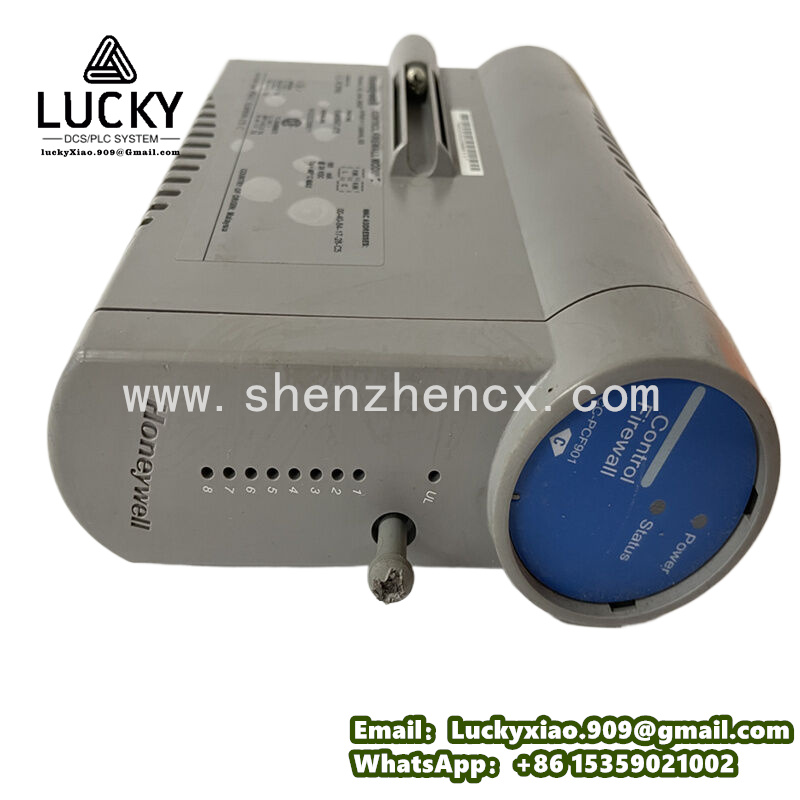
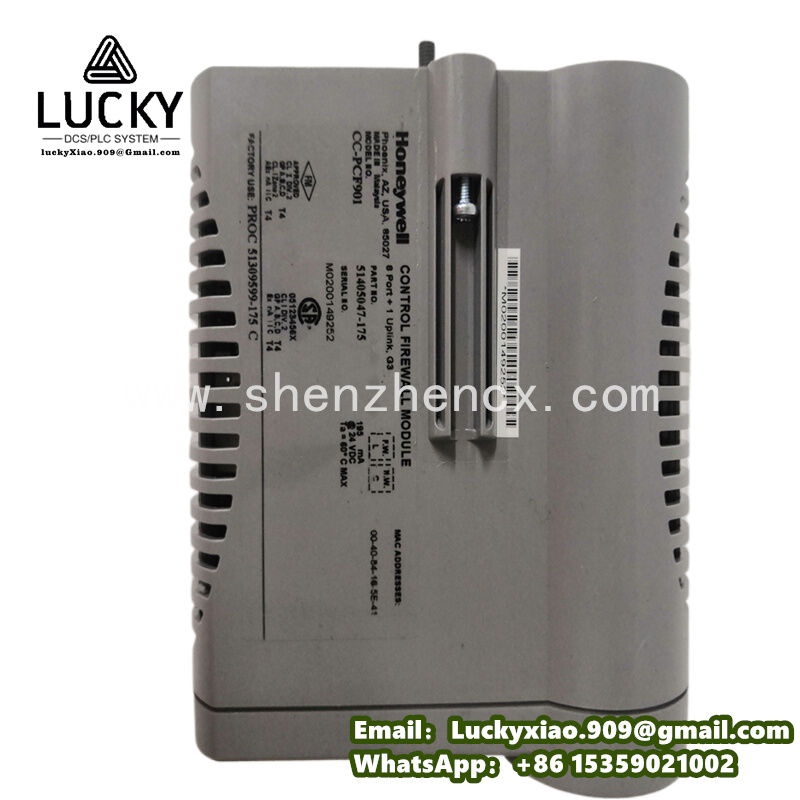
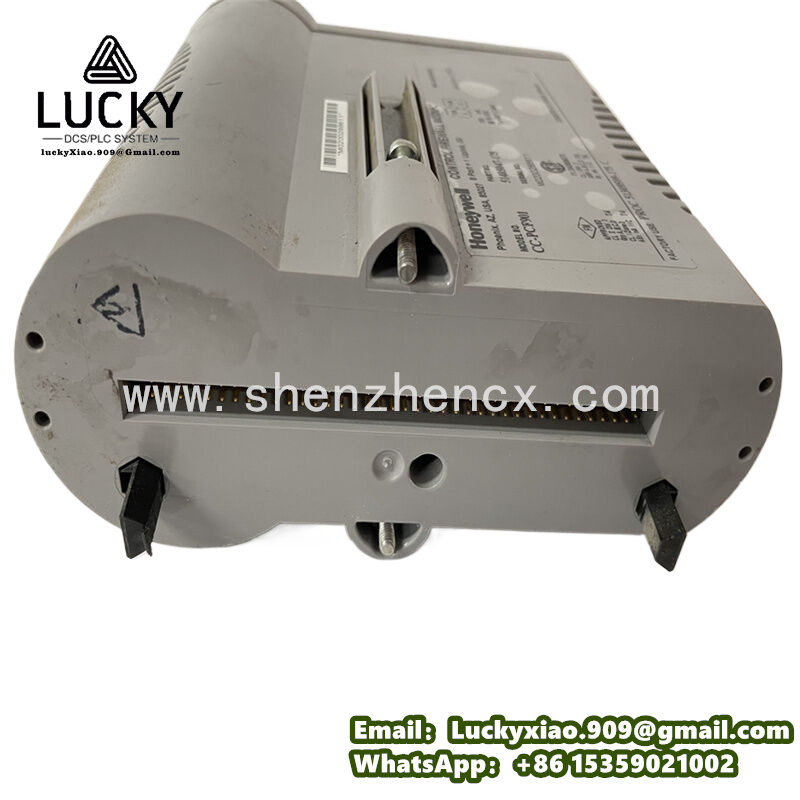
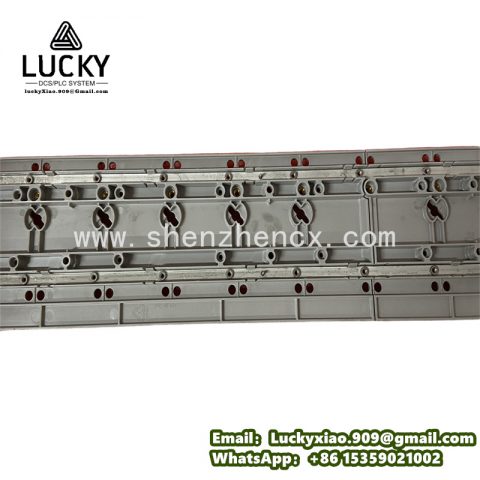
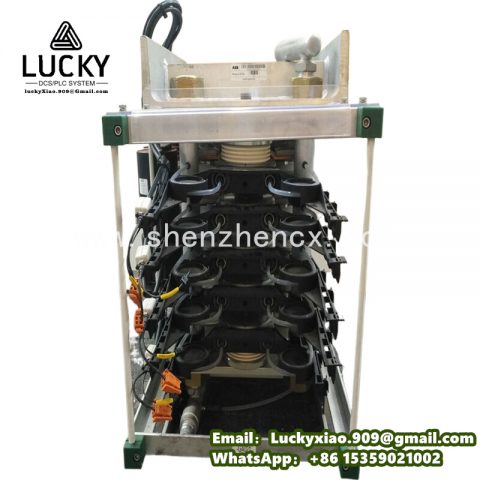
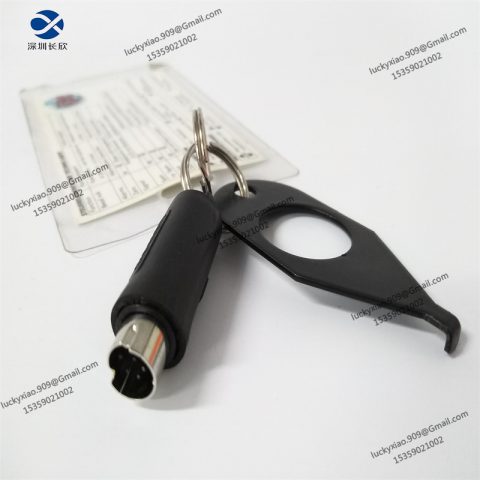
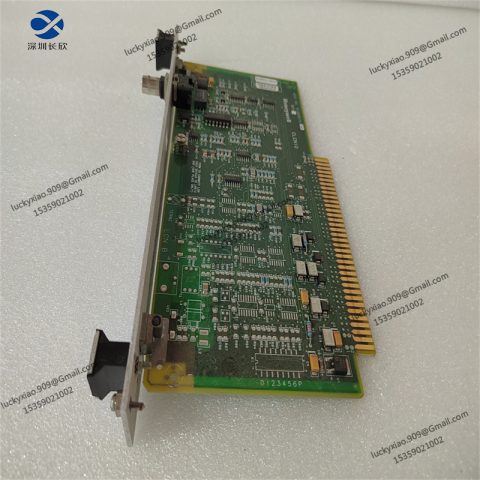
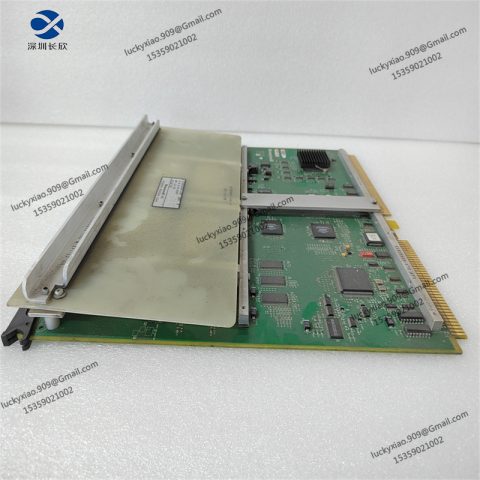
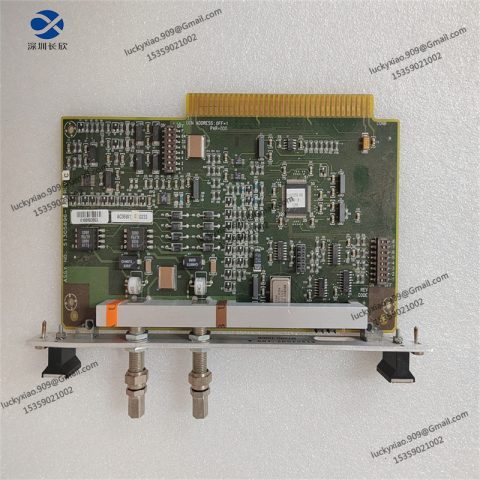
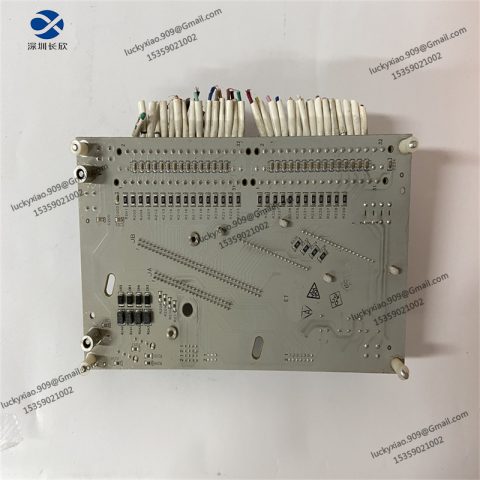
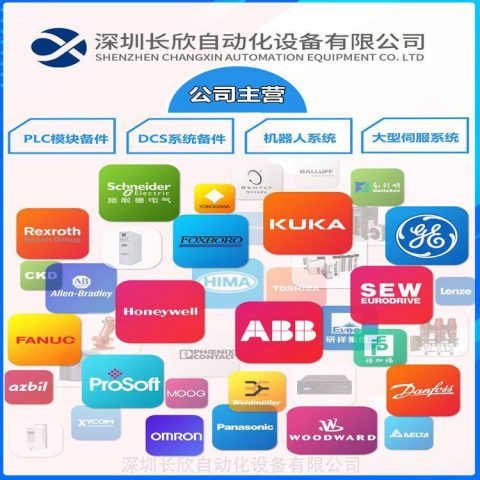
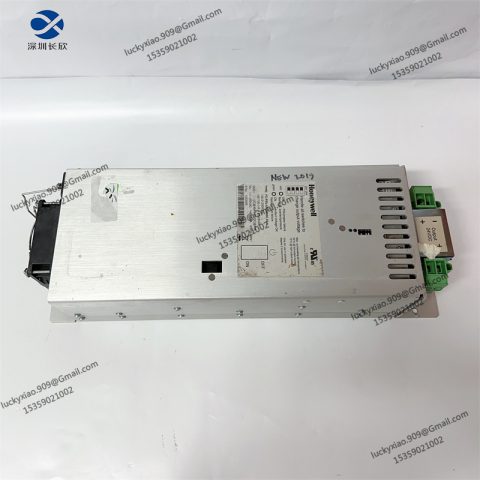
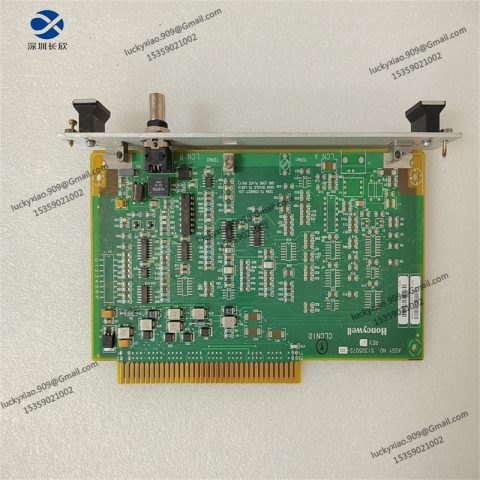
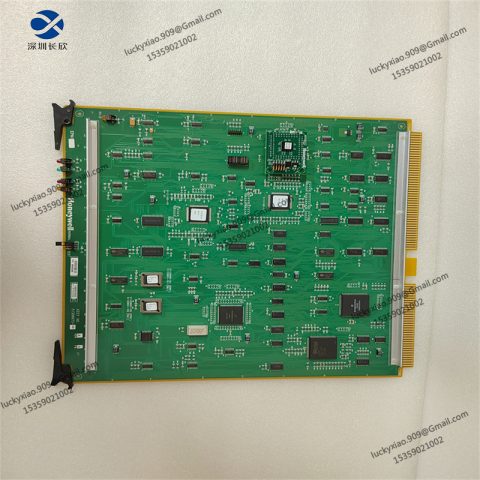
There are no reviews yet.